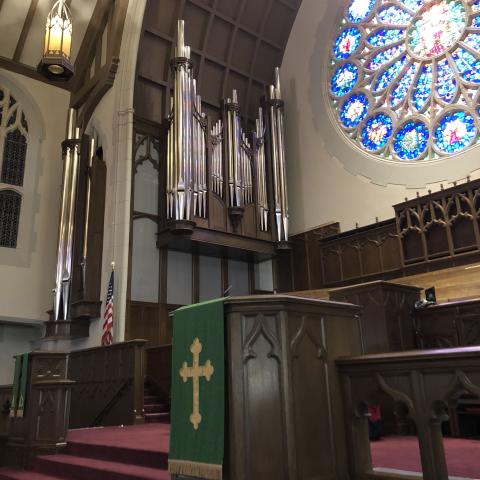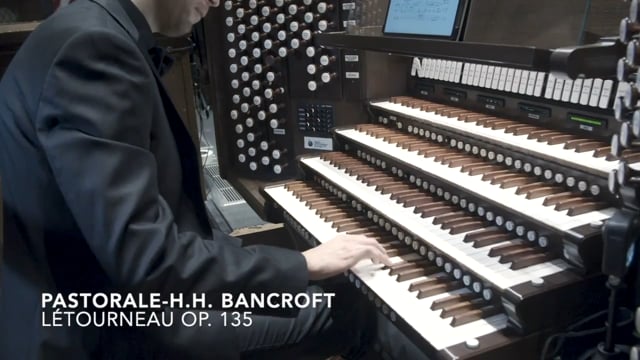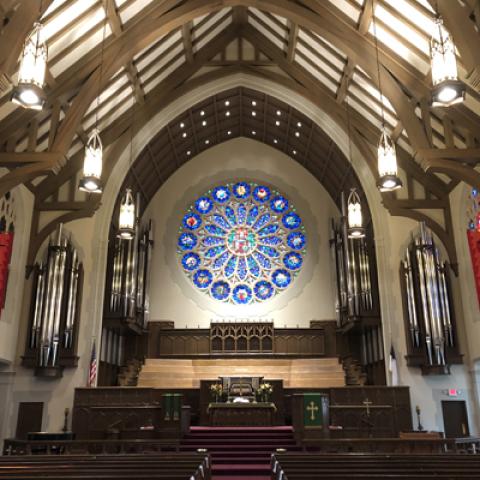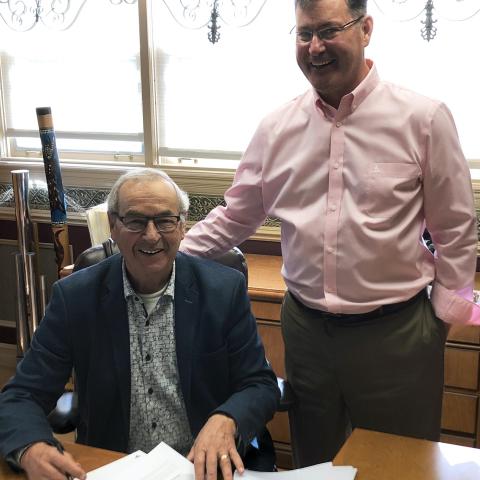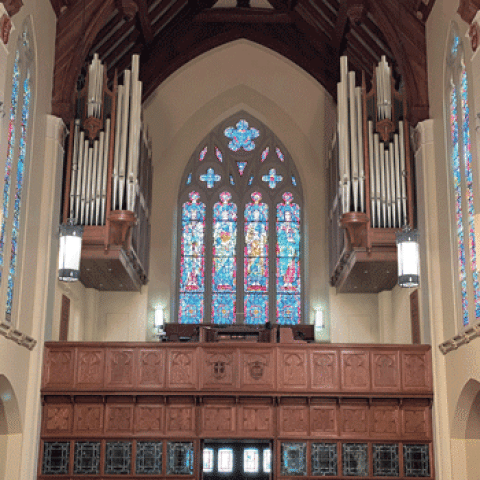
Orgues Létourneau of Saint-Hyacinthe, Québec, Canada has signed an agreement with First United Methodist Church, Lubbock, Texas to extensively rebuild the church’s pipe organ. Known as the Forrest Memorial Organ, the present instrument began life in 1954 as an M.P. Möller with 38 ranks spread over seven divisions. The organ was enlarged in 1980 and 1988, with further additions coming later to bring the total number of ranks to 54.
Létourneau’s Opus 135, the rebuilt Forrest Memorial Pipe Organ, will have 75 ranks over eight divisions, including some 28 ranks retained and rescaled from the previous instrument. Mechanically, the instrument will be all-new, with electric slider windchests and two consoles. The first phase of the project will be the completion of the Antiphonal and Echo divisions in May 2019; the Chancel divisions of the organ are expected to be finished in December 2019.
For information: http://letourneauorgans.com.

